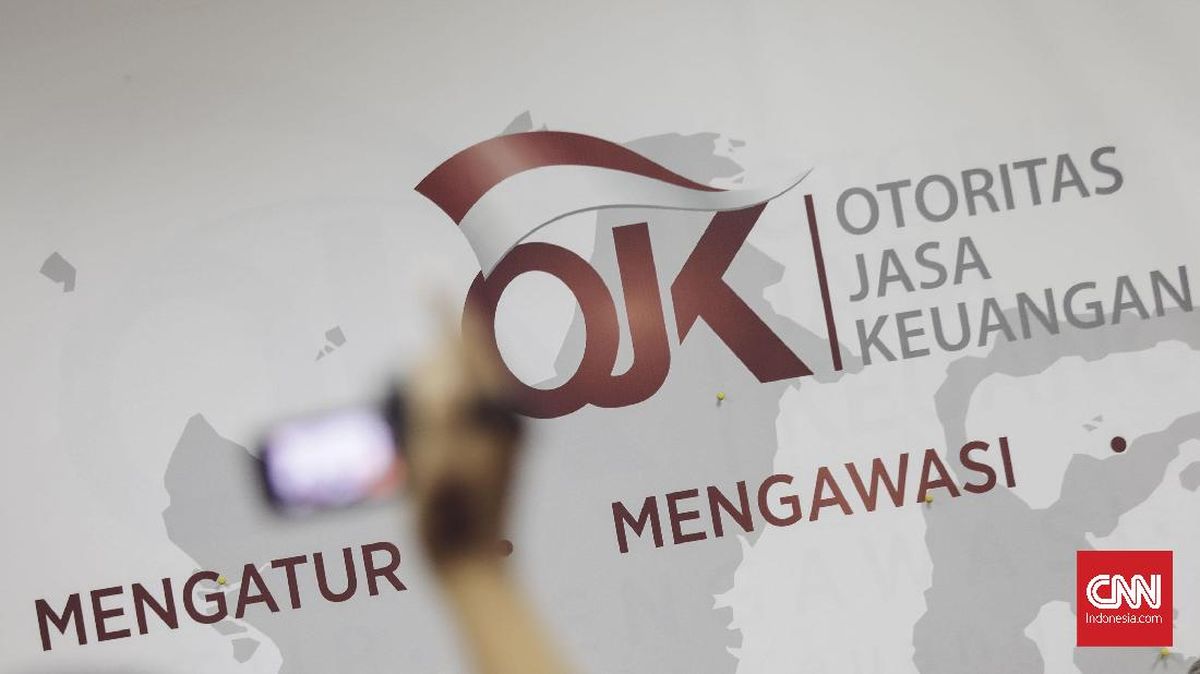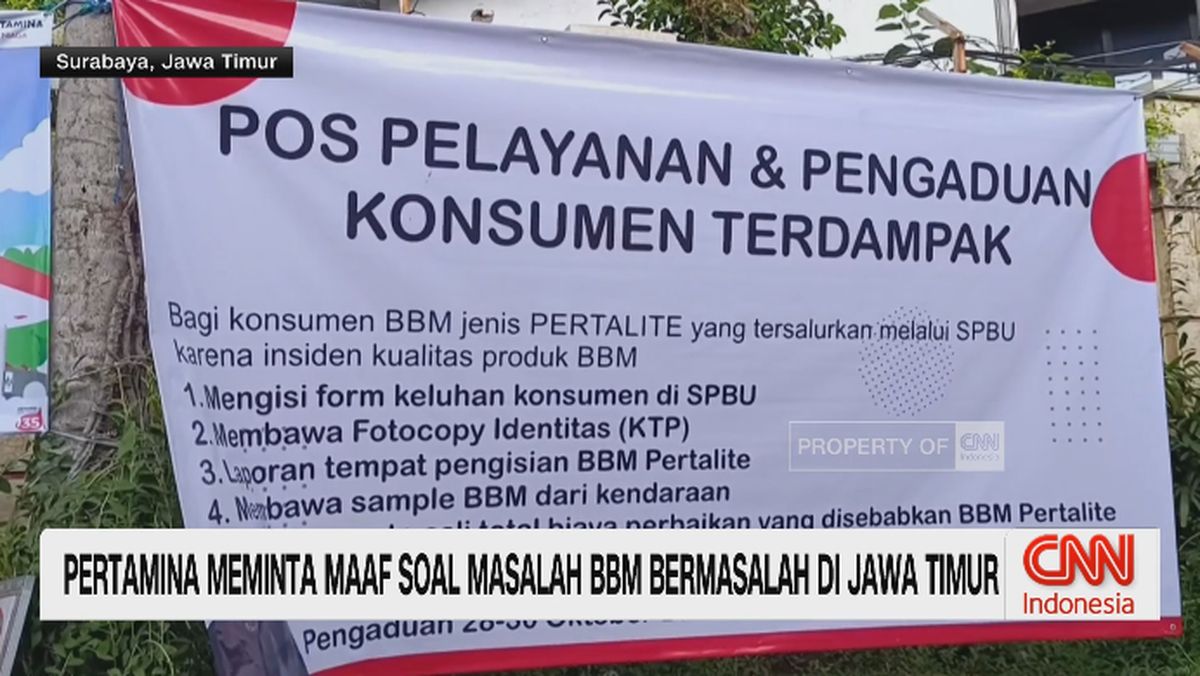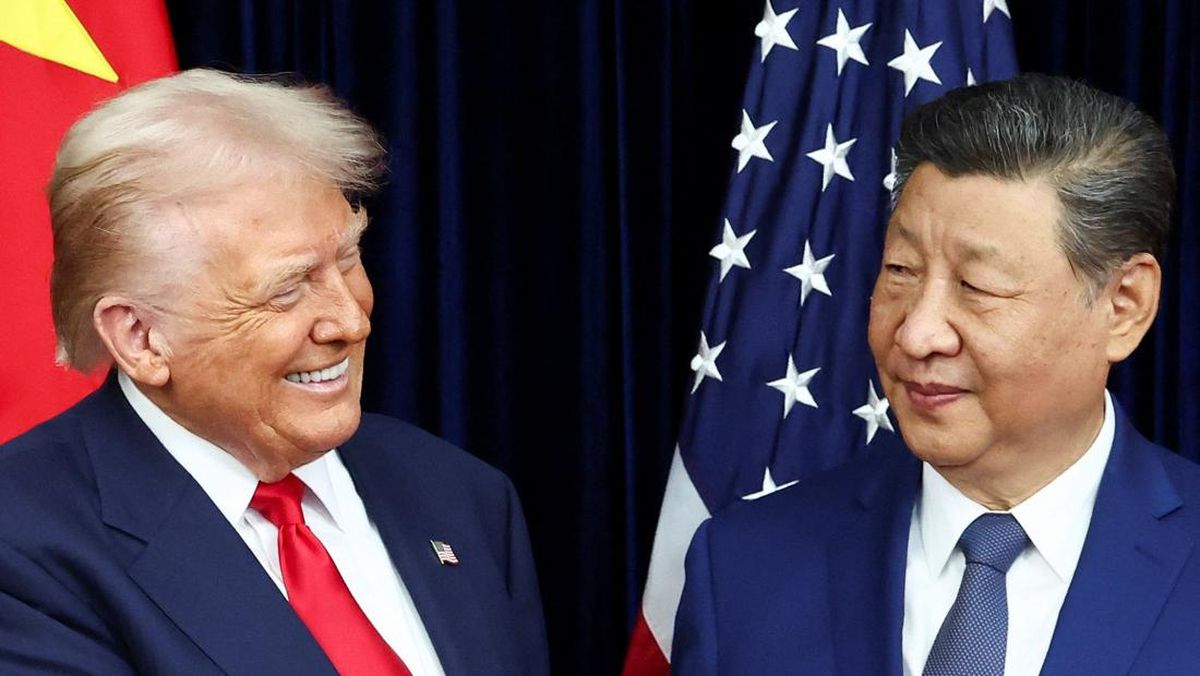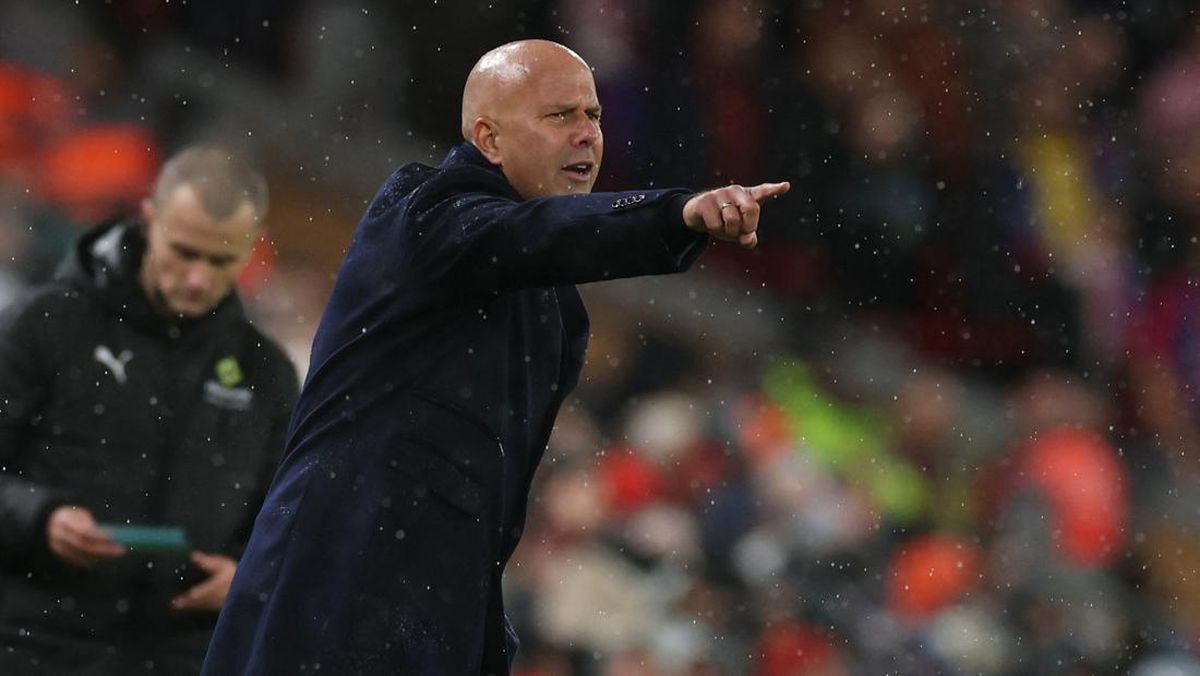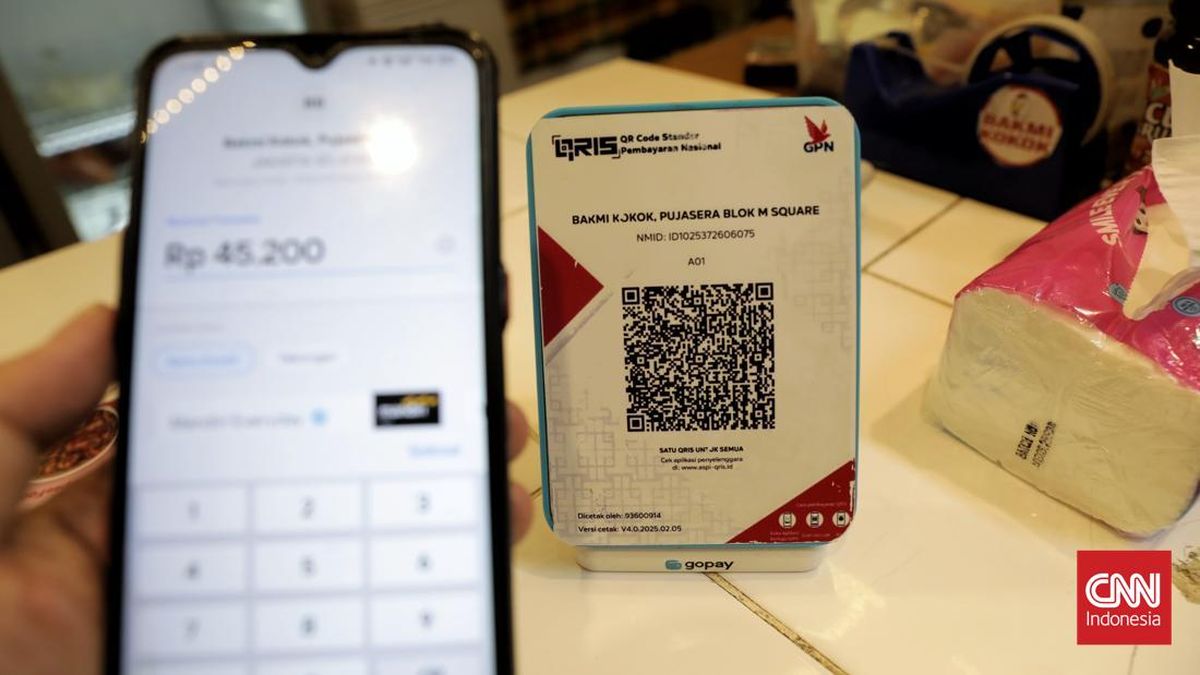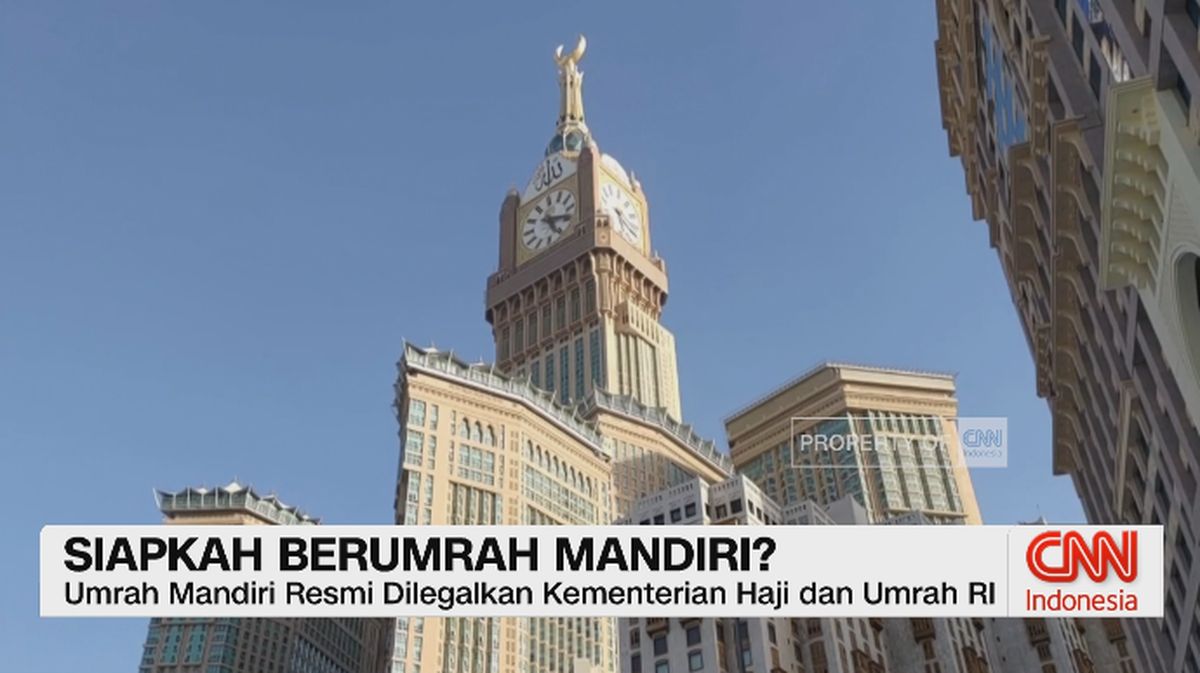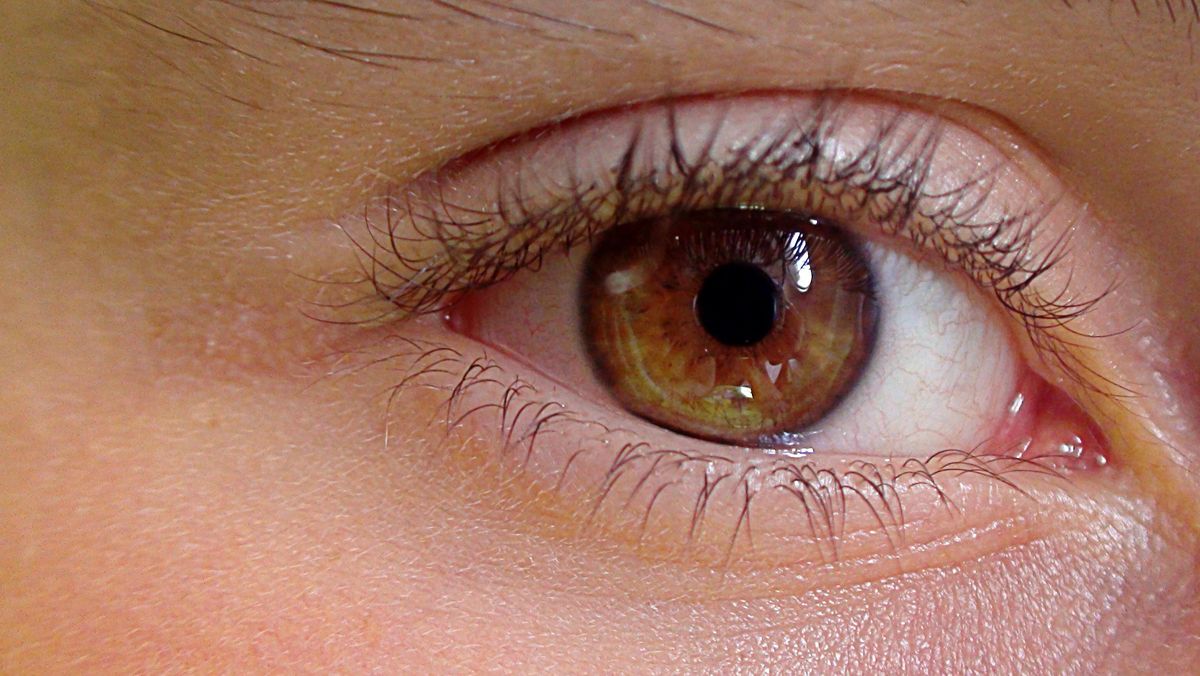October 30, 2025 — 1:03pm
From among the headstones in the Commonwealth war cemetery at El Alamein, the Islamic call to prayer blows in on a strong north wind. Swirling through the graves, it sounds almost mournful, as though a lament for the 7000-plus soldiers whose headstones stand in neat rows across the desert sands.
This call from the nearby minaret is as familiar in Egypt as pyramids, but this cemetery, marking one of WWII’s most significant battles, might be considered barely Egyptian at all. Though there are graves here for soldiers from 12 nations, the nations most heavily represented – with more than 2200 graves – are Australia and New Zealand, which gives the barren site a particular poignancy for Antipodean travellers.
“I feel most sorry for the Australians and New Zealanders,” says Bunnik Tours Egyptian guide Hassan Adbelrazik. “They were really fighting just for other people.”
Among the 1234 Australian burials at the cemetery, which was inaugurated in 1954 in one of the few spots in the area known to be clear of landmines, were three servicemen aged under 18, drawn to their deaths by the perverse adventure of war. It’s the grave of a 16-year-old boy soldier, the youngest burial in the cemetery, that I’ve come to find.
The cemetery sits pinched between new and old El Alamein – the old town, built on the site of a Roman settlement inland, and a new city, still under construction, along the coast, planned to house 2.5 million people and already rising futuristically as a connected line of 34-storey apartment towers.
On a cool Mediterranean day, seemingly nobody and nothing stirs along the holiday coast as we drive in from Alexandria, 110 kilometres to the east. The earth is rocky and dry, tufted with sparse and thorny scrub as it dips down to the cemetery. Almost directly opposite the El Alamein Military Museum, which has a collection that includes WWII tanks, sea mines and German field marshal Erwin Rommel’s hat and binoculars, the graves stand in stark rows.
Watching over it is a tall memorial to the Australian 9th Division on a rise above the graveyard, commemorating the division that suffered the greatest losses of all in the Western Desert, but helped turn the fortunes of the war.
“Alamein is considered the real end of WWII because Rommel was defeated here,” Hassan says. At a minimum, it was a turning point in the war – Winston Churchill later noted that “before Alamein we never had a victory, after Alamein we never had a defeat”.
Beyond the memorial, the cemetery is entered through the porticoed Alamein Memorial. It’s a sobering introduction, with the building inscribed with the names of an additional 12,000 lost solders without identified bodies.
A long sandy avenue runs through the middle of the cemetery, connecting the memorial to the Cross of Sacrifice, which casts its long shadow across the graves in the early morning.
From the avenue’s edges, the headstones sweep away like thousands of tiny outcrops. The ground is bare but for desert succulents and other arid bushes planted to soften the scene. Around me, the sand has been whipped up into tiny storms by this persistent sea breeze in a desert landscape.
To find the grave of 16-year-old private Ernest Deane, I turn right from the memorial, making my way across the sands. Each grave has a simple solemnity, engraved with the soldier’s name, battalion, a cross, a personal inscription and the Australian Imperial Force logo.
Deane’s grave is easily found, standing among the first line of headstones. Though he was only 16, Deane – like so many other boy soldiers – appears to have added five years to his age on enlisting. A member of a machinegun battalion, he died in the Western Desert a year before the El Alamein battles, with his death listed as accidental.
The boy from Campbelltown in NSW was barely old enough to drive a car, and younger than my own young son. It’s hard to stand here and not feel a sense of grief, even now, 84 years on. I touch his headstone and wish for a different world.
The details
Visit
Bunnik Tours runs a 16-day Egyptian Discovery tour, which includes a day at El Alamein. Tours start from $12,295. See bunniktours.com.au
Fly
Emirates flies daily to Cairo from Sydney, Melbourne, Brisbane, Perth and Adelaide, transiting through Dubai. See emirates.com
More
cwgc.org
The writer travelled as a guest of Bunnik Tours.
Sign up for the Traveller Deals newsletter
Get exclusive travel deals delivered straight to your inbox. Sign up now.
Andrew Bain is a Hobart-based writer and author who has been writing about travel and adventure for more than 25 years, and is most at home in the outdoors and remote places.







